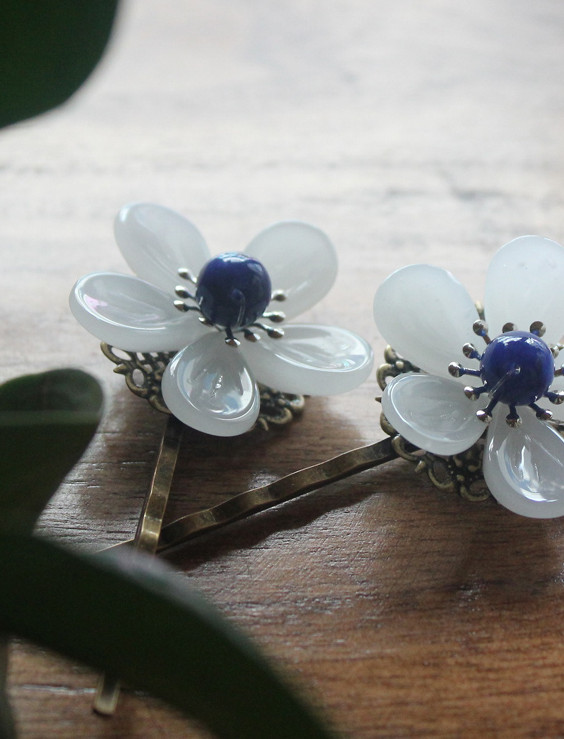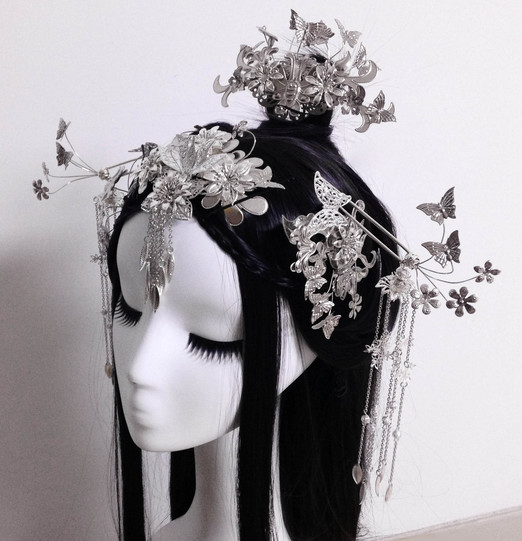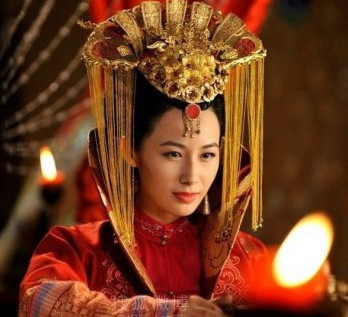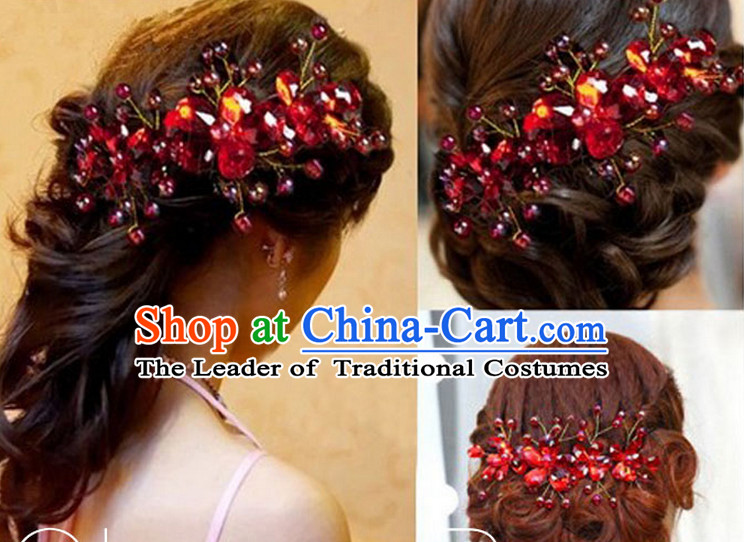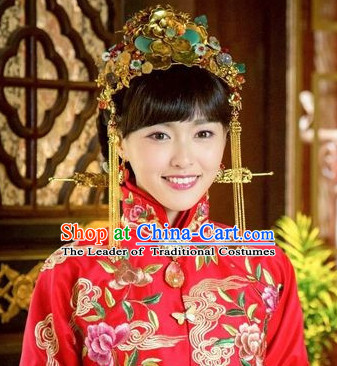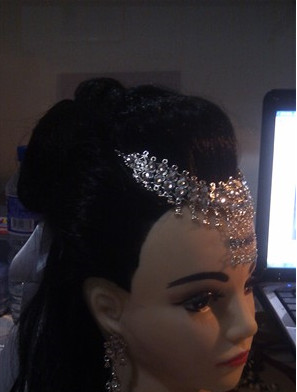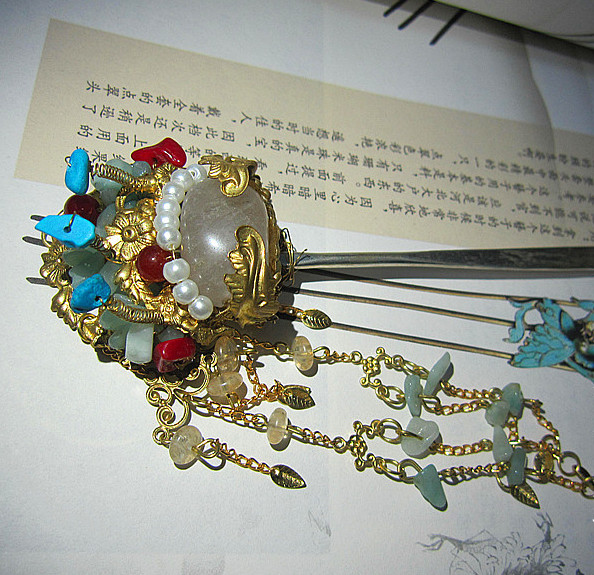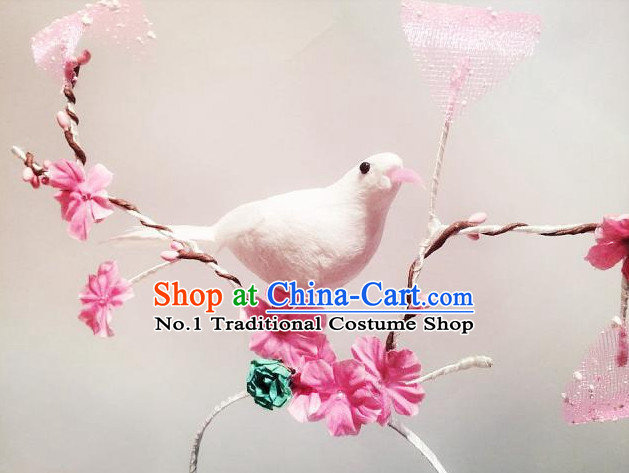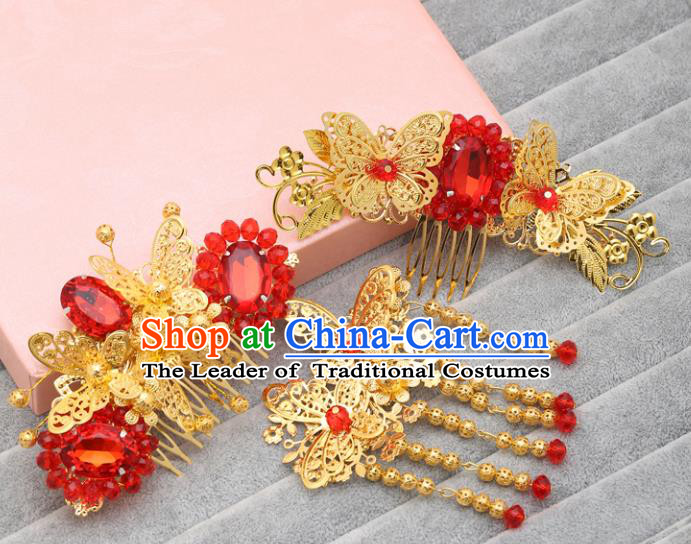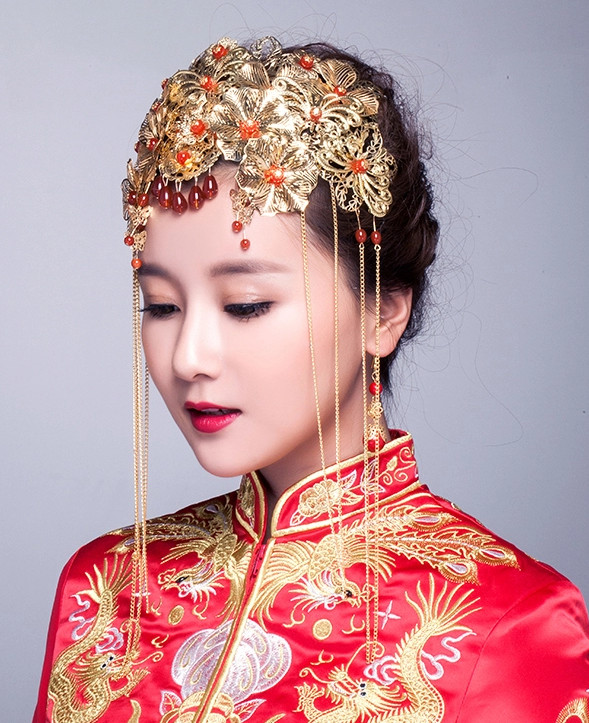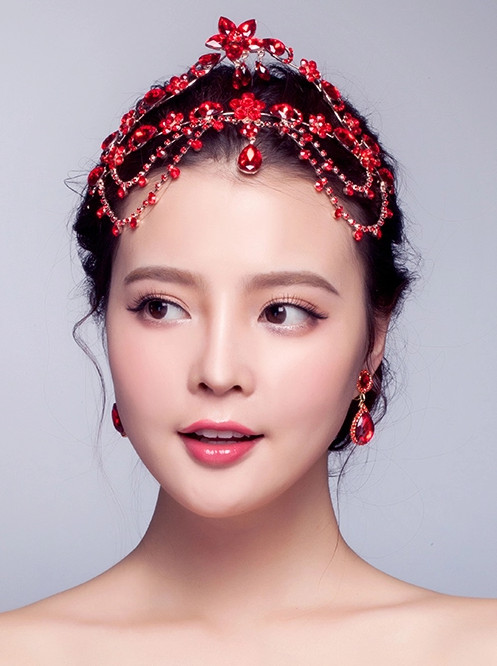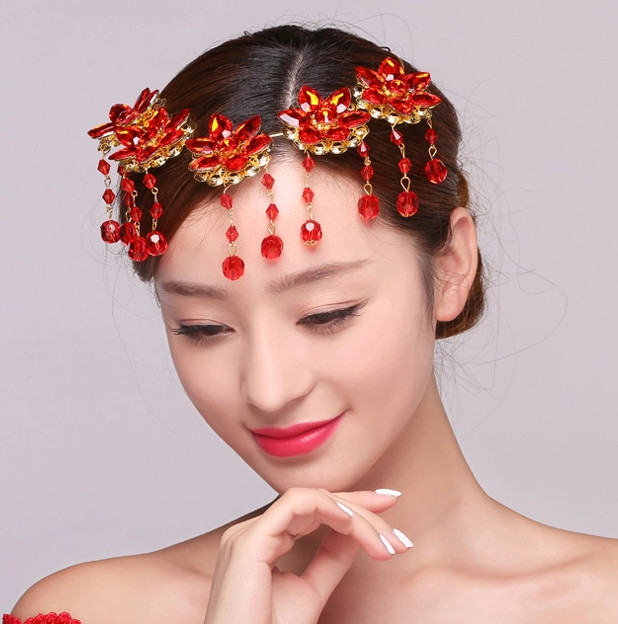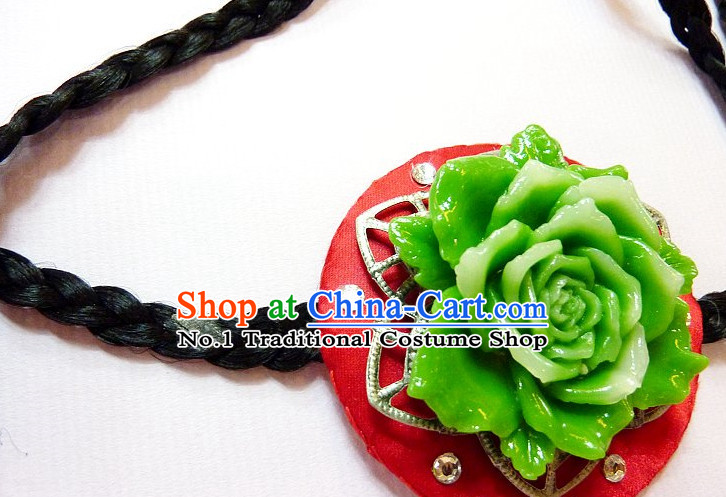
Click Related Pictures for More Audios:
Handmade hair accessories have been an important part of Chinese culture for centuries.
These accessories are not only practical but also hold significant cultural and historical value.
In this essay, we will explore the history, significance, and cultural symbolism of handmade hair accessories in Chinese culture.
The history of handmade hair accessories in China can be traced back to ancient times.
During the Tang Dynasty (618-907 AD), women wore elaborate hairstyles and used various hair accessories such as combs, hairpins, and hairnets to enhance their beauty.
These accessories were often made of precious materials like gold, silver, and jade, and were worn by both commoners and royalty.
In addition to their aesthetic value, handmade hair accessories also hold significant cultural and historical value.
For example, some hair accessories were used as symbols of social status or marital status.
Women who were married would wear a particular type of hairpin or hairnet to indicate their marital status.
Hair accessories were also used as gifts to express love, respect, or gratitude towards others.
Handmade hair accessories are also an important part of Chinese festivals and celebrations.
For example, during the Chinese New Year, women would wear red hair accessories to symbolize good luck and happiness.
Similarly, during weddings, brides would wear elaborate hair accessories made of pearls, gold, and other precious materials to signify their wealth and prosperity.
The intricate designs and craftsmanship of handmade hair accessories are a testament to the skill and creativity of Chinese artisans.
These accessories often feature delicate patterns and vibrant colors that reflect the beauty of Chinese art and culture.
The use of precious materials like gold, silver, and jade also reflects the importance of luxury and refinement in Chinese culture.
In conclusion, handmade hair accessories hold significant cultural and historical value in Chinese culture.
They are not only practical but also serve as symbols of social status, marital status, and cultural identity.
The intricate designs and craftsmanship of these accessories showcase the skill and creativity of Chinese artisans and reflect the beauty of Chinese art and culture.
